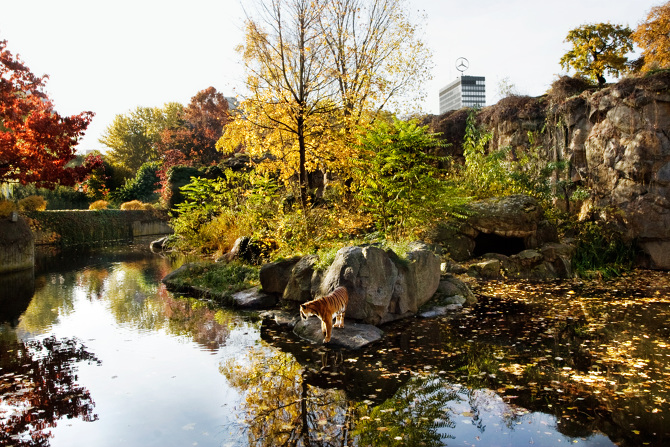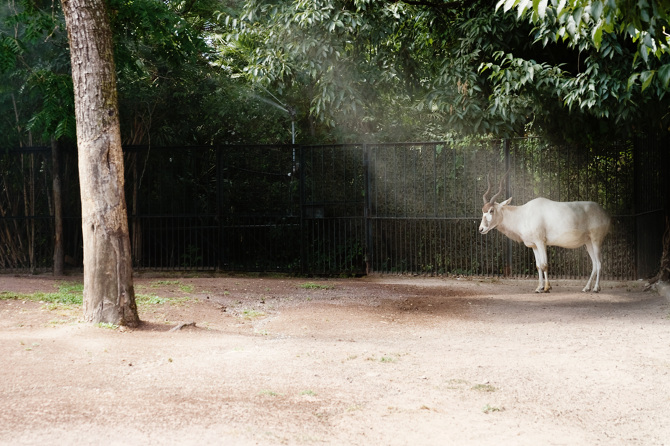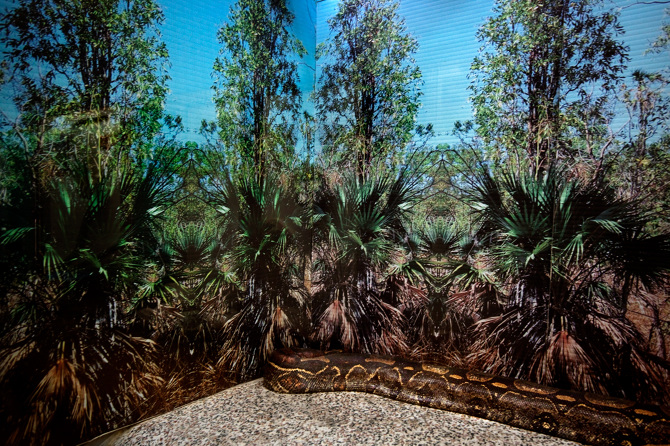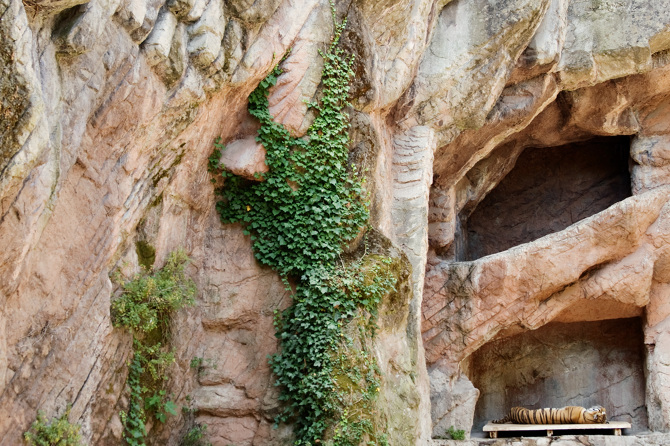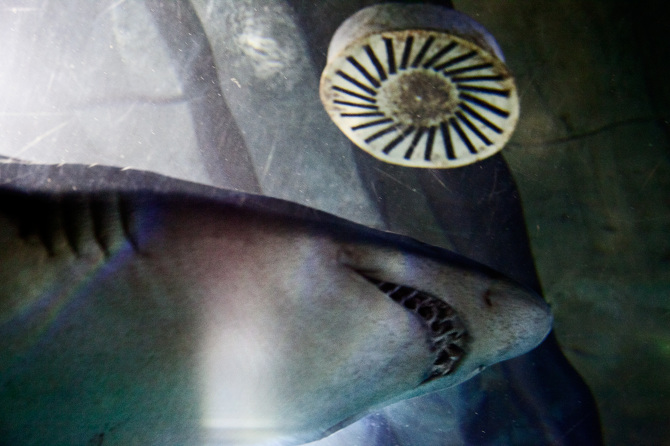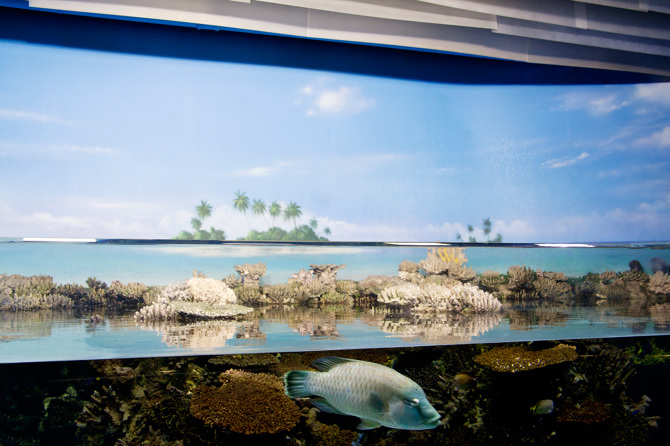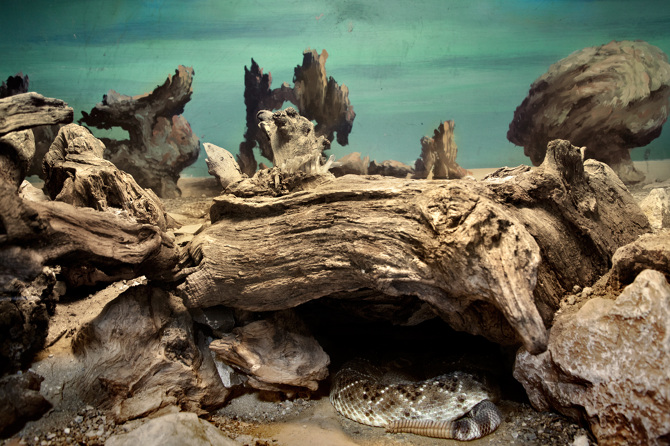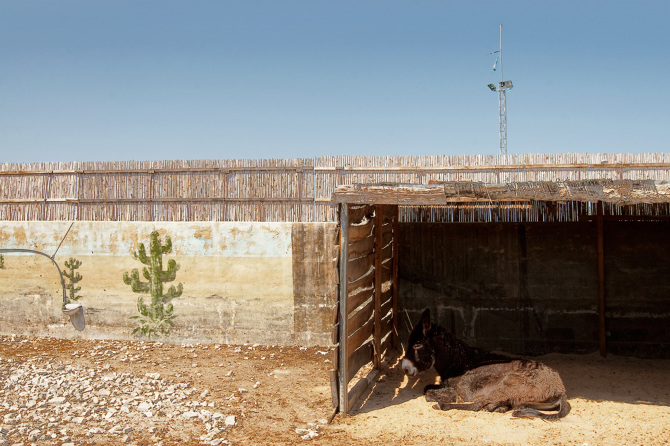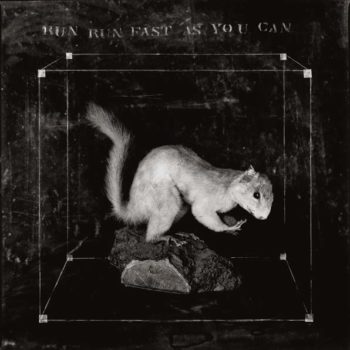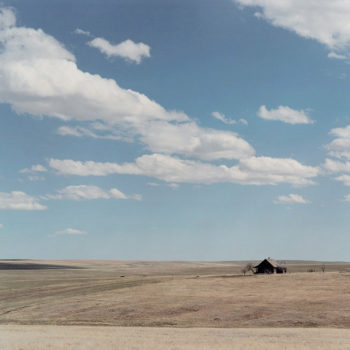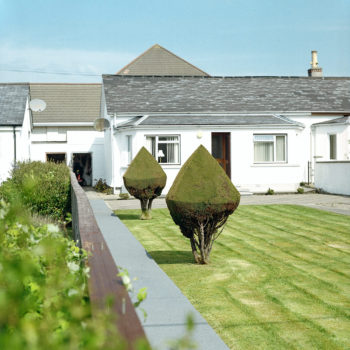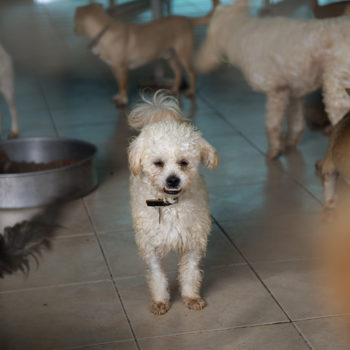Valeria Scrilatti’s comprehensive series, Almost Wild, is made of a wide variety of types of pictures. Made in zoos all over the world, some are magnificent and breathtaking, showcasing the brilliant color of autumn leaves or specks of dust in a beam of light; some look like they were made by a child, with animals’ heads chopped off or faces obscured; some look like ordinary, almost accidental photographs of a zoo environment until a figure is spotted so small and nearly out of the frame. Many of the animals pictured don’t look like they belong in these places, or maybe it’s that, based on what we can see, they can’t possibly be happy.
From a statement on the artist’s website: The zoo is certainly not exclusive to Western culture, nor is it the result of the consumer society. Men have always had the urge to “capture” and “tame” wild beasts, removing them from their native habitats and putting them on display in other places, just as men have also done with “savage” humans who lived in the wild. The Renaissance popes brought elephants and rhinos to Rome, where they lived in the Vatican gardens… But industrial society did something more and it created a sort of “total institution” that is a parallel universe and a world unto itself. The zoo is in fact a kind of theme park where life, with its dimension of the unusual and the [marvelous], is taken away from our everyday experience and is hermetically closed off and vacuum-packed inside the box of a vulgar and low-quality spectacle.
Valeria [immerses] herself in this phony universe that is rooted in the childhood memories of us all, with its strange mixture of the menacing power of wild nature and the humiliating fiction of fairground papier-mâché scenarios. The eyes of children, without bothering with questions of ethics or aesthetics, focus feverishly on these incongruous presences; on the animals that, heedless of the spectacle of which they are the protagonists, give us brief glimpses and inglorious fragments of their “real” existence. With the merging of the “natural” into such an “unnatural” context the false and artificial scenario is totally dominant, and it has the sweet and cloying taste of an obscure and clichéd art-house film, emerging grotesquely from an indecorous and tasteless trivialization of uncontaminated nature.
From “Almost Wild”
Visit artist's site: valeriascrilatti.eu
Found via: Life Framer
Posted June 1st, 2015

